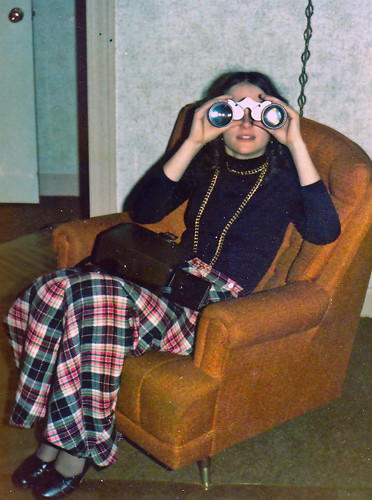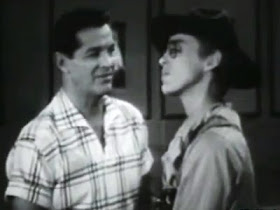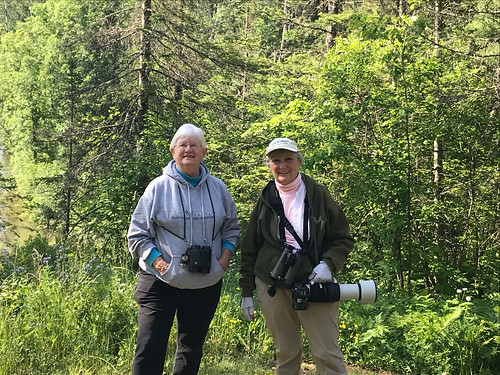I got my first field guide and pair of binoculars on Christmas 1974 and was thrilled by the very idea of becoming a birdwatcher. The only birdwatchers I’d ever heard of were the fictional Miss Jane Hathaway from The Beverly Hillbillies and, oddly enough because she was also played by Nancy Kulp, the equally fictional Pamela Livingstone on The Bob Cummings Show.
I didn’t have a clue how to be a bird watcher because it obviously involved finding and identifying wild birds beyond the only ones I already knew—pigeons, House Sparrows, cardinals, and robins. The field guide showed so many more, and according to the range maps, hundreds of them could be seen right where I grew up near Chicago and right where I was living right then, in East Lansing, Michigan.
The field guide would help me if and when I saw a bird, but meanwhile, I had to figure out how to find more, so as soon as I finished reading it, I went to the library and found Joseph Hickey’s A Guide to Bird Watching, originally published in 1943. What a welcoming invitation!
 |
| This is the Dover reprint I bought in Madison when I'd no longer be going to the MSU library. |
 |
| Yep! Joe Hickey autographed my copy!! |
The very first paragraph said bird watching:
can be taken up at any age, by the active as well as by the convalescent…It is packed with drama because it centers on the annual miracle of creation. It is rich in movement, since birds are among the greatest travelers on our planet. It combines the visual and the auditory, for there are beautifully plumaged birds and equally stirring singers. Most of all, its essence lies in the unknown. Birds travel to the ends of the earth and back, we know not exactly how. Much of their everyday life is still unrecorded. Countless new channels of knowledge still await exploration by enterprising bird students.
Hickey explained how to keep a life list, so the first time I went out to watch birds, I started mine. After traipsing around Baker Woodlot for over an hour, I came home with a life list of one—Black-capped Chickadee—and was bubbling with joy. That tiny bird had made eye contact with me! Imagine that. Every bird I added was a revelation, its place on my life list a treasured milestone.
But I quickly learned that some people who were way more skilled at finding and identifying birds than I was didn’t keep a life list. One of my dearest friends, one of the best birders I know, who has traveled more extensively and seen more species than I have, never keeps lists at all.
Some of us bird watchers take lots and lots of photos, sound recordings, or videos. Some record every single sighting in eBird or a field notebook. But a great many people who enjoy birds every bit as much as I do immerse themselves in the moments when they are birding, savoring each avian encounter without the desire or compulsion to memorialize it on paper or digital media. Some bird watchers simply pay a bit of attention to birds when out golfing or looking at wildflowers. It's all good.
Hardly anyone reads Joseph Hickey’s book anymore—dozens of newer books provide more up-to-date information. Some emphasize travel and listing; others recommend savoring birds closer to home. Some birders get focused on a single approach while others bird in different ways on different days. I suspect a lot of avid birders never even read how-to books about it. The beauty of birding is that there is no right way. Hickey wrote in that inviting first chapter of A Guide to Bird Watching that birding is “anything you care to make it.” An American Birding Association slogan on their web page is “A million ways to bird.” However each of us chooses to enjoy birds, that is the right way.


